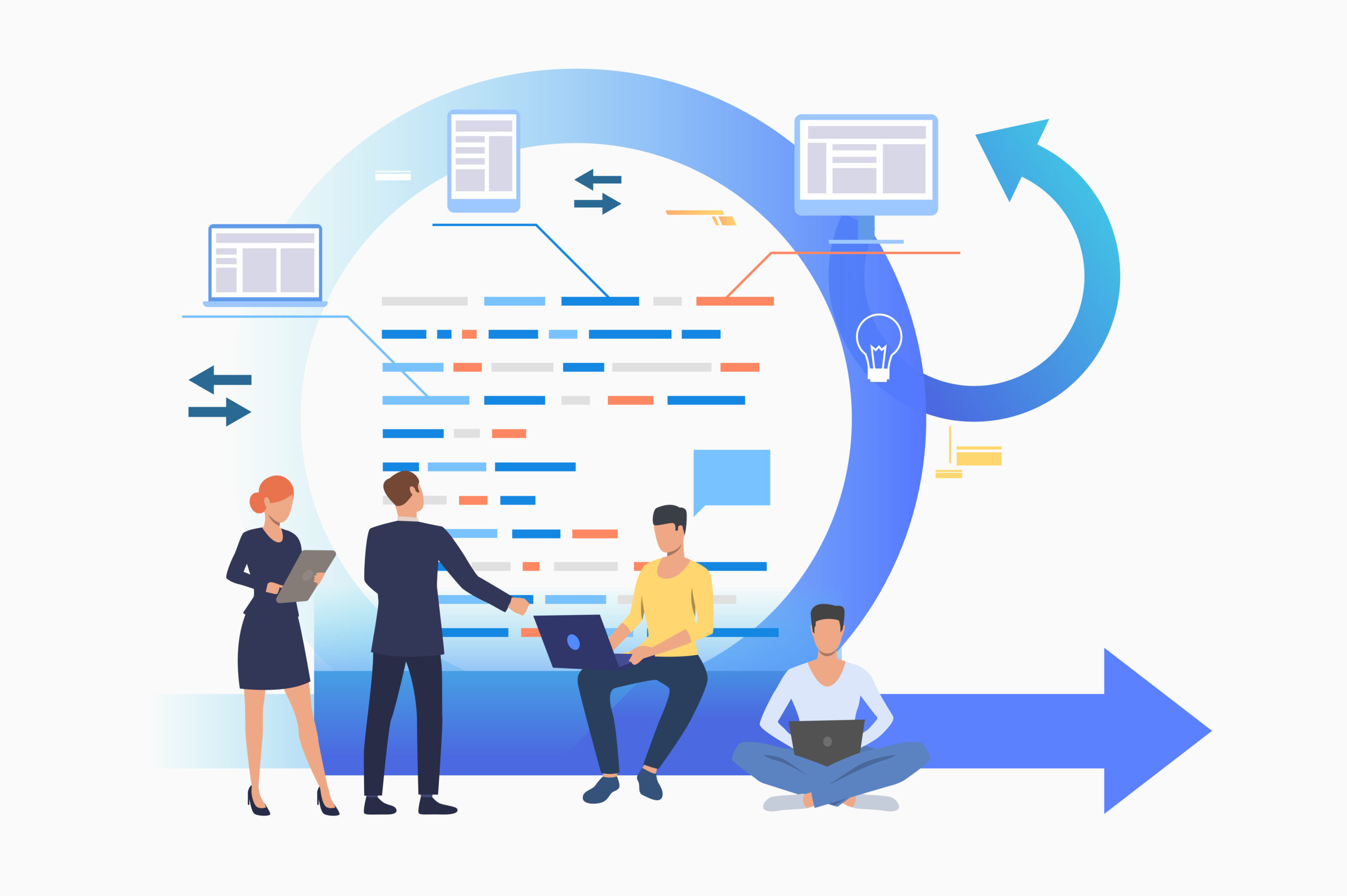In today’s dynamic business environment, leveraging technology is essential for optimizing operations and achieving strategic goals. When it comes to managing relationships—whether with candidates during recruitment or customers throughout their lifecycle—organizations often rely on specialized software solutions: Applicant Tracking Systems (ATS) and Customer Relationship Management (CRM) systems. Each serves distinct purposes and offers unique functionalities tailored to different aspects of business management. This blog explores the nuanced differences between ATS and CRM systems, providing insights into their key features, benefits, and guiding principles on when to use each effectively.
What is an Applicant Tracking System (ATS)?
An Applicant Tracking System (ATS) is a software application designed specifically for managing the recruitment and hiring process. Its primary objective is to streamline and automate the entire recruitment workflow, from sourcing candidates to making hiring decisions. Key features of ATS include:
- Job Posting and Candidate Sourcing: ATS allows recruiters to post job openings across multiple platforms and efficiently manage candidate applications.
- Resume Parsing and Screening: It automates the parsing of resumes, extracts relevant information, and filters candidates based on predefined criteria.
- Interview Management: ATS facilitates scheduling interviews, tracking candidate progress through different stages, and collecting feedback from interviewers.
- Reporting and Analytics: ATS provides insights into recruitment metrics such as time-to-hire, applicant sources, and applicant demographics.
- Compliance and Documentation: ensures compliance with hiring regulations and stores candidate information securely.
What is a Customer Relationship Management (CRM) System?
A Customer Relationship Management (CRM) system, in contrast, focuses on managing relationships with existing and potential customers. It helps businesses organize, automate, and synchronize sales, marketing, customer service, and technical support activities. Key features of CRM systems include:
- Contact Management: CRM centralizes customer contact information, communication history, and interactions across various channels.
- Sales Pipeline Management: It tracks sales opportunities, forecasts revenue, and automates sales tasks such as follow-ups and proposals.
- Marketing Automation: CRM systems automate marketing campaigns, segment customer databases, and track campaign effectiveness.
- Customer Support: They manage customer service inquiries, tickets, and resolutions, ensuring timely responses and satisfactory outcomes.
- Analytics and Reporting: CRM provides insights into customer behavior, sales performance, and marketing ROI.
Key Differences between ATS and CRM
Focus and Use Case
- ATS: Primarily used by HR and recruitment teams to manage the hiring process from job posting to candidate onboarding.
- CRM: Used by sales, marketing, and customer service teams to manage customer relationships, sales pipelines, and marketing campaigns.
Data Management
- ATS: Manages candidate data such as resumes, application statuses, interview notes, and hiring decisions.
- CRM: Manages customer data including contact details, purchase history, preferences, and service interactions.
Workflow Automation
- ATS: Automates recruitment workflows such as resume parsing, interview scheduling, and candidate communication.
- CRM: Automates sales processes such as lead nurturing, opportunity management, and customer follow-ups.
Reporting and Analytics
- ATS: Provides recruitment-specific metrics like time-to-fill, source effectiveness, and candidate quality.
- CRM: Provides sales and marketing analytics including conversion rates, pipeline value, CAC (Customer Acquisition Cost), and CLTV (Customer Lifetime Value).
When to Use ATS and CRM
Use ATS When:
- Hiring New Employees: For managing job postings, candidate applications, interviews, and hiring decisions.
- Recruitment Compliance: Ensuring adherence to hiring regulations and maintaining candidate data privacy.
- Candidate Experience: Providing a seamless and organized experience for job applicants throughout the recruitment process.
Use CRM When:
- Managing Customer Relationships: For managing leads, nurturing prospects, and maintaining customer engagement.
- Sales Pipeline Management: Tracking sales opportunities, forecasting revenue, and automating sales processes.
- Marketing Automation: Automating marketing campaigns, segmenting customer databases, and measuring marketing ROI.
- Customer Service: Managing customer support inquiries, tracking service requests, and improving customer satisfaction.
Conclusion
Both Applicant Tracking Systems (ATS) and Customer Relationship Management (CRM) systems play pivotal roles in enhancing organizational efficiency and achieving business objectives. Understanding the distinctions between ATS and CRM systems is crucial for selecting the right tool that aligns with specific operational needs and strategic goals. While ATS focuses on optimizing the recruitment lifecycle—from sourcing candidates to making hiring decisions—CRM systems are instrumental in managing customer relationships across sales, marketing, and service functions.
By leveraging the strengths of ATS and CRM systems appropriately, organizations can streamline operations, improve decision-making processes, and enhance both candidate and customer experiences. Whether aiming to strengthen recruitment processes or cultivate lasting customer relationships, choosing the appropriate system—ATS for recruitment or CRM for customer management—ensures efficient and effective achievement of organizational goals in today’s competitive landscape.

